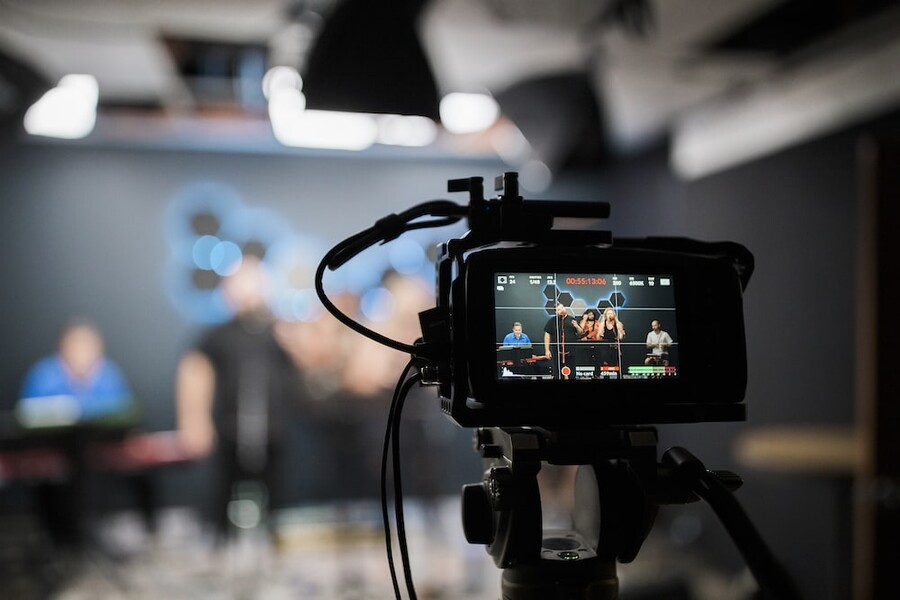Cinematography and emotion: How camera angles, framing, and movement can affect the viewer's emotional response to a scene
April, 13 2023
Cinematography is the art of capturing motion pictures on film or digital media. One of the key elements of cinematography is the use of camera angles, framing, and movement to convey a
specific emotional response from viewers. In this article, we will explore how camera techniques can affect the emotional experience of viewers, and how filmmakers use these techniques to
create a deeper connection between the audience and the characters on screen.
Camera angles refer to the position of the camera relative to the subject being filmed. Different camera angles can evoke different emotional responses from viewers. For example, a hig
-angle shot can make a character appear vulnerable or powerless, while a low-angle shot can make the same character appear powerful or dominant.
A classic example of using camera angles to create emotional impact is the shower scene from Alfred Hitchcock's "Psycho." In this scene, the camera is positioned above the character, giving the viewer a sense of vulnerability and helplessness. By contrast, in the scene where the villain is revealed, the camera is positioned below the character, creating a sense of power and domination.
Framing refers to the composition of a shot, including the placement of characters, objects, and backgrounds within the frame. Different framing techniques can create different emotional effects. For instance, a tight close-up shot can create a sense of intimacy or claustrophobia, while a wide shot can give a sense of expansiveness or detachment.
An example of framing used to evoke emotion can be seen in the film "The Godfather." In the scene where Michael Corleone takes revenge on his enemies, the camera frames him in a tight clos -up, emphasising his cold, calculated determination. This framing creates a sense of intimacy with the character and heightens the tension and emotion of the scene.
Camera movement can also play a crucial role in creating emotional impact. Different types of camera movement, such as tracking shots or static shots, can create different emotional responses from viewers. For example, a tracking shot can create a feeling of tension or urgency, while a static shot can create a sense of stability or contemplation.
One of the most iconic examples of camera movement used to evoke emotion is in the film "Goodfellas." In the famous "Copacabana" scene, the camera follows the characters through the crowded nightclub, creating a sense of excitement and anticipation. This tracking shot creates a feeling of being swept up in the action, drawing the viewer into the emotional experience of the characters.
In conclusion, cinematography is a powerful tool for creating emotional impact in films and television shows. Camera angles, framing, and movement can all be used to evoke specific emotional responses from viewers, creating a deeper connection between the audience and the characters on screen. Filmmakers who understand the art of cinematography can use these techniques to create more immersive and emotionally engaging stories for their audiences. So next time you watch a movie or TV show, pay attention to the camera work and see how it affects your emotional response to the scene.

